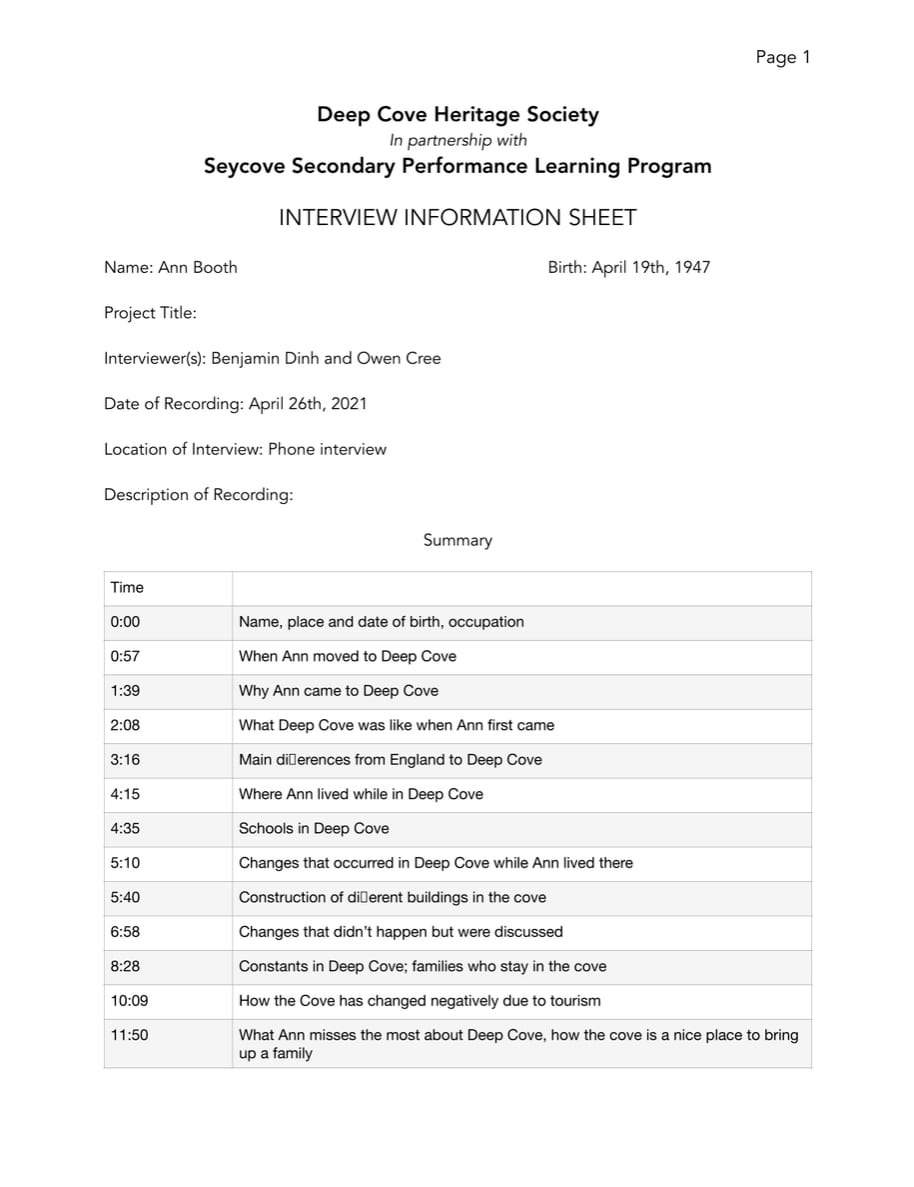How did Canadian life develop after WWII? This was the driving question for our project in the final quarter. I found that this final quarter was incredibly challenging for a variety of reasons. I had math 10 everyday which is an intense course, I was ready for the year to end and many other reasons. Buy once I got myself involved back into the project I quickly began to feel the motivation to succeed again. With that said let me layout what I’ve learned, succeeded in and been challenged by in this project.
One of the main focus’s of this project was on understanding and identifying change, specially change in Canada after the war. There was a lot we learnt about change in Canada as the war caused so much of it, but here are a few of my personal favourite examples.
A notice able cultural shift happened after the war. Canadian citizens new first hand what it felt like to be hungry, always working and injured. Because of this many Canadians started to push for more social programs to help out the middle and lower class across Canada. Things like unemployment insurance, affordable housing, the baby bonuses and most importantly socialized healthcare were implemented in Canada after the war. All these programs helped Canadians get out of the pains and the horrors of war and back to living life. These programs also played another role in helping Canada become what it is today. Now that more people were out of poverty and had more money to spend, Canadians began to take on the consumer mindset. Recreational activity’s became hugely popular with all age groups, and not just for the rich People. In turn this created more jobs and diverse market places which helped to stabilize the economy. Without the impact of social programs many Canadians might still be trying to survive life instead of trying to live it.

One of my favourite parts of this class was discussing different ideas with my piers. I found the pros and cons of socialized healthcare to be a very polarizing topic.
Other than these cultural shifts the economy of Canada was also positively impacted. Caused in part by the boost in consumerism, population and need for products. But more so by the changing cost of manufacturing. During the war, mass production of materials and weapons were key to being successful. But after the war ended we didn’t need anymore weapons. This is where the same company’s making tanks and bombs shifted their mass production techniques to that new growing recreational market we were talking about. This made thousands of new products for Canadian citizens even cheaper. Along with strong light metals, like aluminum, becoming more popular then steel. Everything that the average citizen needed was available. This created more profit, and therefore more jobs, and therefore more demand and the cycle repeats. So thanks to the boost in consumerism, cheaper manufacturing and more jobs, the Canadian economy grew and grew.

Although not completely linking into to the main part of my project, at the beginning of the quarter I got to work with members of the Deep Cove Heritage society. Here is the breakdown of my interview with Ann Booth. My Co-Interviewer was Benjamin Dinh.
Focusing to the specifics of my podcast topic, how did these overall changes in Canada effect the mountain bike world. Well in short they are one of the things that created it. Thanks to the bigger population, richer middle class and all the social programs people and more time to do things other than work, as I previously mentioned above. Well some of these people with more time on there hands decided to start mountain biking. As the sport grew the same changes we could see in Canada started to happen to MTB. Just like Canadians had more options of things to buy at cheaper price points so did mountain bikers. Today a top of the line mountain bike from 1990 would not be worth hardly anything. Almost anyone could afford it. The top of the line bikes in 2021 are so much more advanced as well thanks to new technology.
With all this change very few things have remained the same. One thing that could be a continuity that I found during my research and interview about mountain biking is the sense of community in the sport. People joined mountain biking in the 1980s to have fun and they still do that today.
If you want to learn more about the changes and continuity’s in the sport of mountain biking you can also check out the podcast I made for this project. It is called the facts, the fails and the finest of MTB, episode 7. I have an interview with local deep cove rider clay Harrington who has been riding here for over 30 years.
If mountain biking isn’t your thing check out gabes podcast which is all about fashion and music! Here’s his blog where you can find his podcast Episode:
Along with focusing on learning about changes and continuity’s in this time period we also had to sharpen our skills on how to share our knowledge. Specifically through discussing and speaking in front of our piers. Although I have never loved public speaking I have had many years of practice with it. The best presentation I gave in my opinion was on the changes and continuity’s in motor sports. I really focused on my posture for this presentation, as well as slowing down my speech. I find that when I’m nervous to present I tend to talk faster than I realized. I really think that public speaking is an important skill and I hope to work on it in the future.
If there was one thing I could have worked harder on or learned more about in this project it would be learning more about the continuity’s in Canadian life after the war. I feel like I was to interested and engaged with the changes so I missed out on learning as much as I should about what stayed the same.
In conclusion Canada has seen some major developments since WW2 regarding its economic growth and values as a nation towards human rights. All of this change was predicable and can attributed to certain events that were set into motion by the war. In all of this some things in Canadian life have remained the same but not nearly as much. What changes do you expect to see In the future of Canada? Leave your answer below and thanks for reading about what I learned, practiced and would like to continue to work on in this project.




Leave a Reply